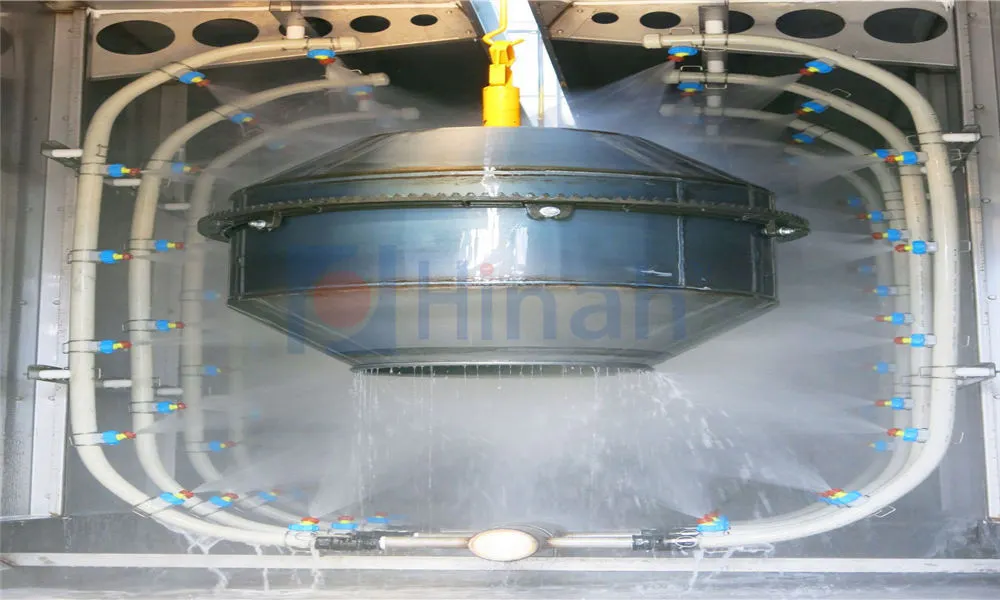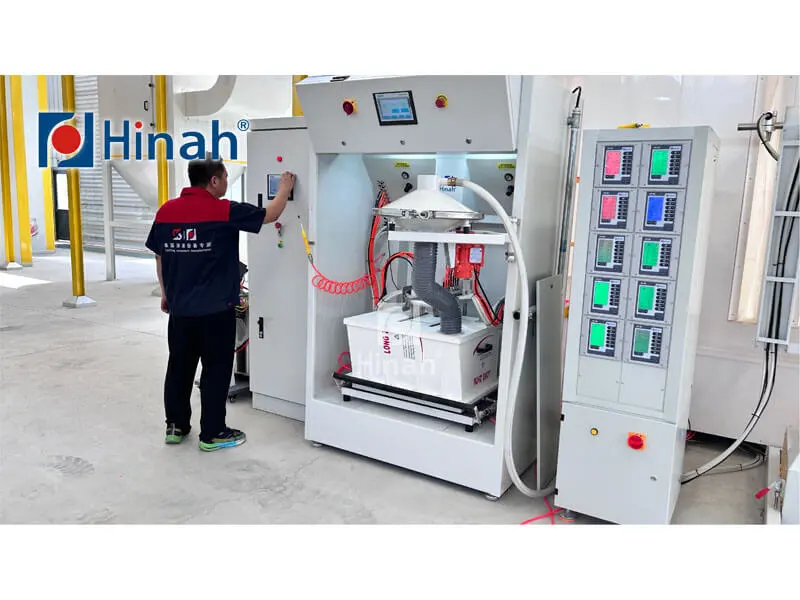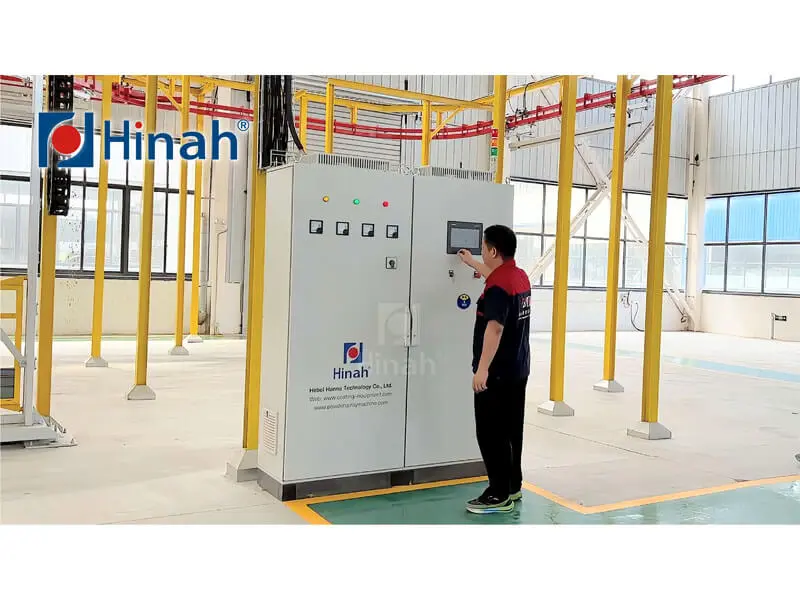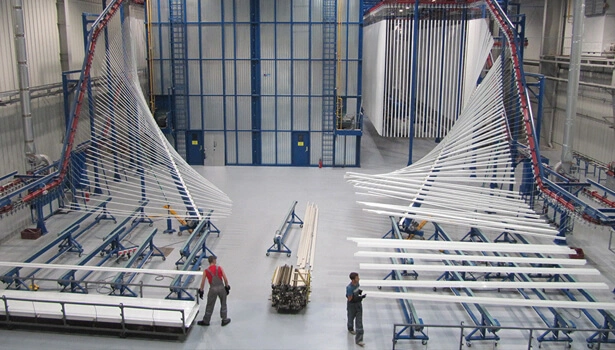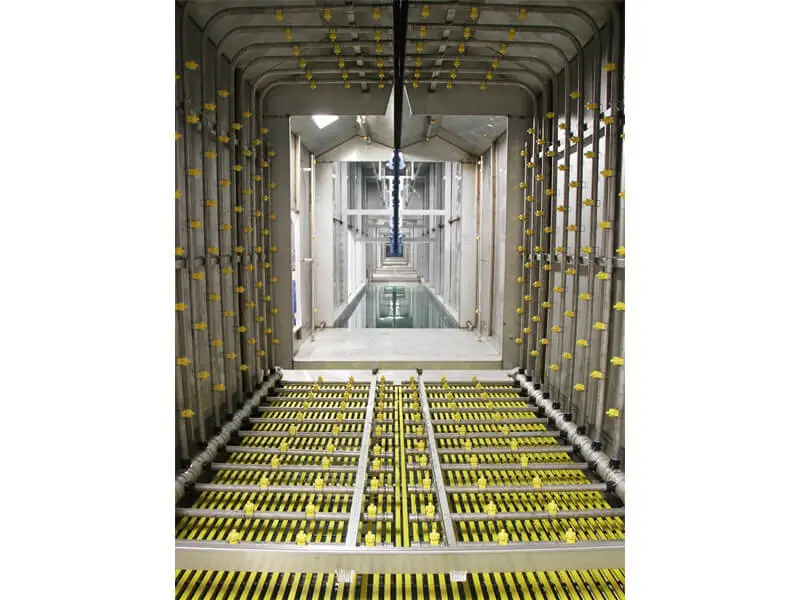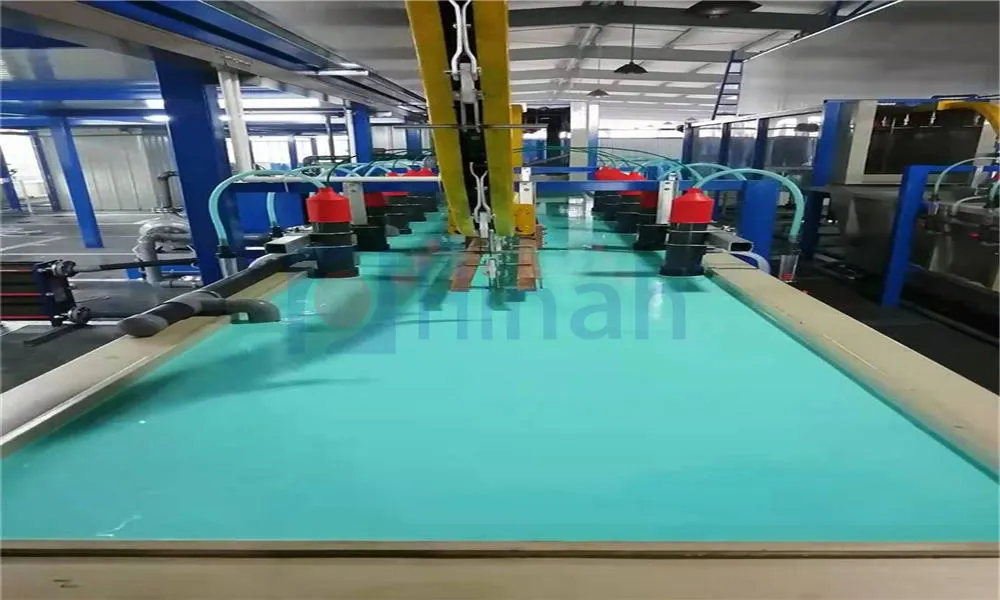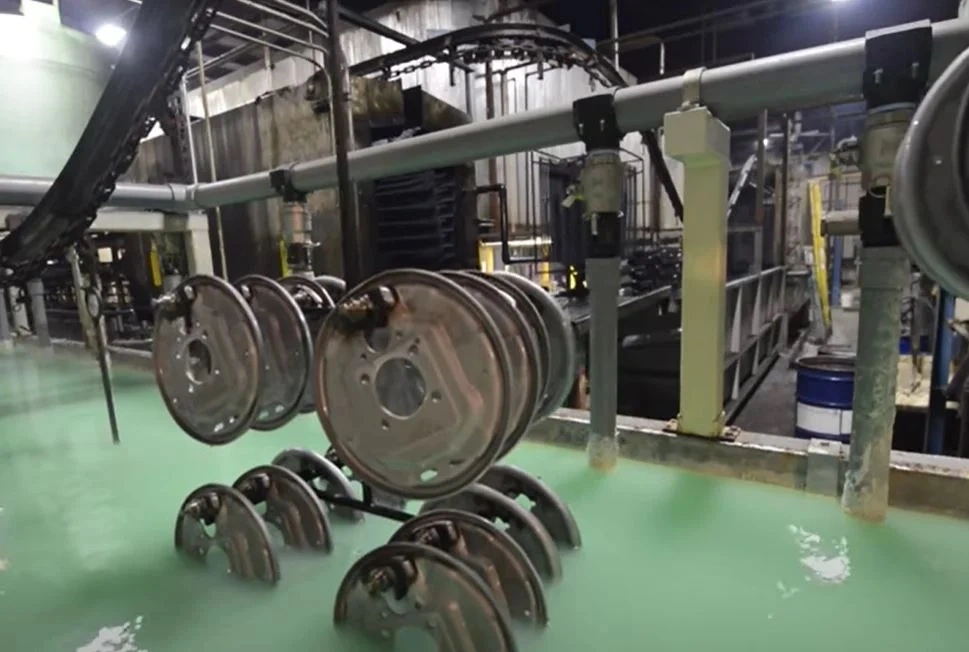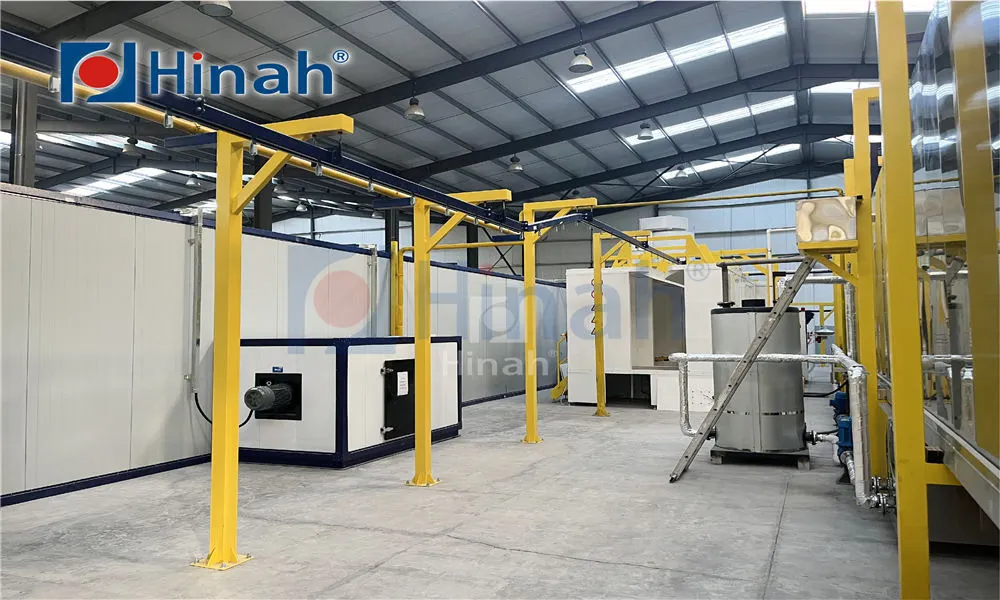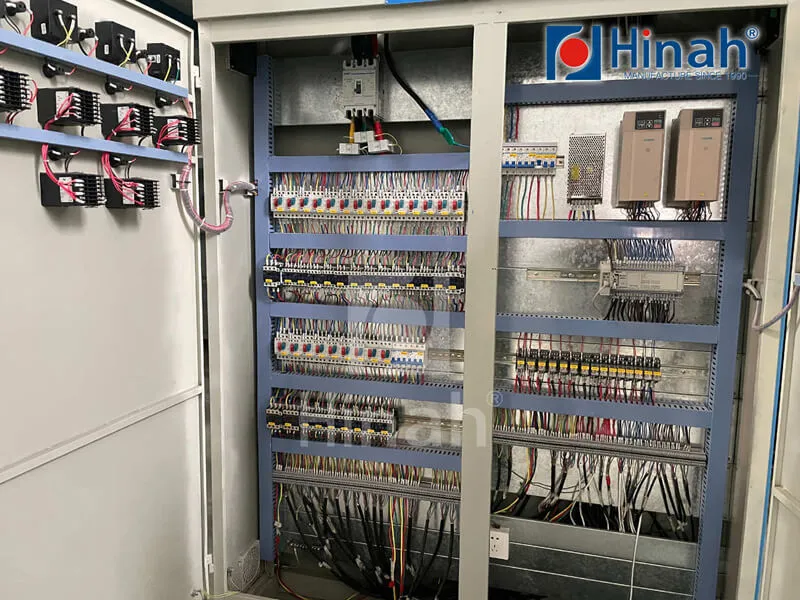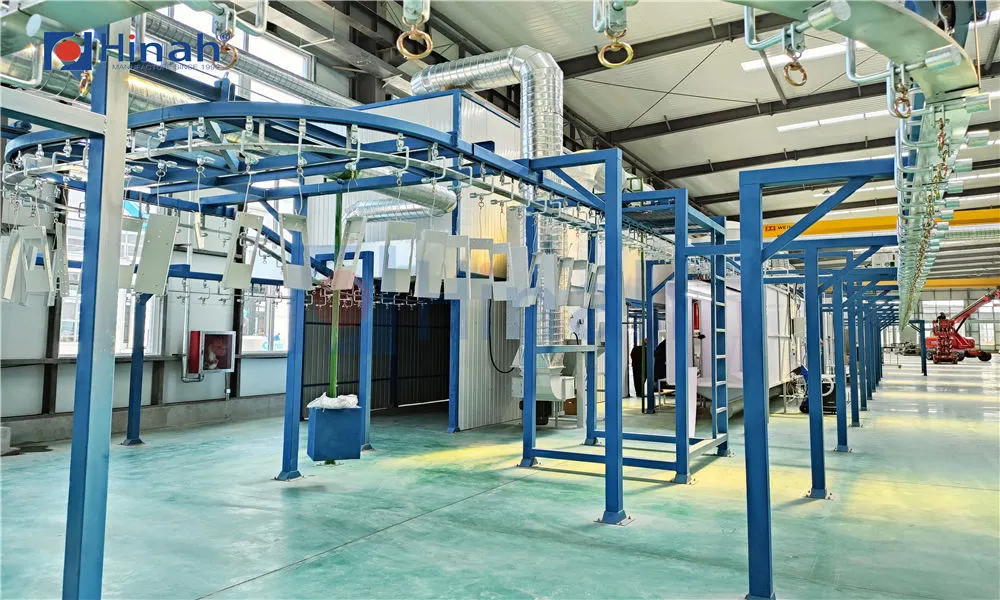In today's competitive industrial landscape, businesses are constantly seeking efficient and durable finishing solutions to enhance product quality and reduce environmental impact. Commercial powder coating equipment has emerged as a go-to choice for many industries, offering a robust alternative to traditional liquid coatings. This method involves applying a dry powder electrostatically and then curing it under heat to form a hard, protective layer. Whether you're in manufacturing, automotive, or furniture production, understanding how to leverage commercial powder coating equipment can streamline operations, cut long-term costs, and improve sustainability. Unlike older methods, modern systems are designed for high throughput and minimal waste, making them ideal for large-scale applications. In this article, we'll dive into the essentials of selecting, comparing, and investing in this equipment, with insights into reputable brands such as HANNA, helping you make informed decisions without the hype.
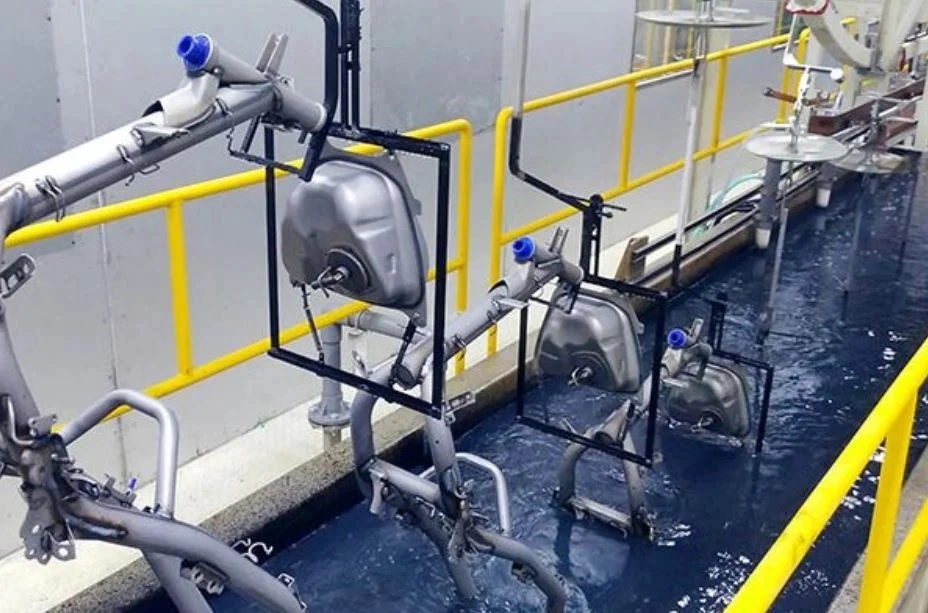
Commercial powder coating equipment refers to industrial-grade systems used to apply dry powder coatings to metal surfaces through an electrostatic process. This equipment typically includes components like powder spray guns, booths, curing ovens, and pretreatment systems. The process begins by cleaning and preparing the substrate, followed by the electrostatic application of powder particles that adhere to the surface due to an electrical charge. Once applied, the item is moved into a curing oven, where the powder melts and forms a uniform, durable finish. This method is favored for its efficiency, as it produces little to no volatile organic compounds (VOCs), reducing environmental harm. Commercial powder coating equipment is built to handle high volumes, making it a staple in sectors where durability and aesthetics are critical. By integrating advanced controls, these systems ensure consistent results, which is why many businesses opt for reliable brands like HANNA to maintain quality across production runs.
Types of Commercial Powder Coating Systems: A Comparative Overview
When evaluating commercial powder coating equipment, it's essential to understand the different types available, as each suits specific operational needs. Broadly, systems can be categorized into manual, automatic, and hybrid setups. Manual systems involve operators using handheld guns to apply powder, offering flexibility for custom or low-volume jobs. They are cost-effective but may require more labor. In contrast, automatic systems use robotic arms or conveyor-based applicators for high-speed, consistent coating, ideal for mass production environments like automotive assembly lines. These often include integrated powder recovery systems to minimize waste.
Another key distinction lies between batch and continuous ovens. Batch ovens are suitable for smaller, varied items, allowing for flexible scheduling, while continuous ovens are designed for high-volume, uniform processing. Additionally, electrostatic spray guns vary in technology—some use corona charging for general purposes, while others employ triboelectric charging for complex geometries. Brands like HANNA offer a range of these options, emphasizing user-friendly designs that reduce setup time. Comparing these types helps businesses identify which commercial powder coating equipment aligns with their production scale and budget, ensuring optimal performance without overinvestment.
Commercial powder coating equipment finds applications in diverse sectors due to its versatility and durability. In the automotive industry, it's used for coating wheels, frames, and engine parts, providing resistance to corrosion and UV rays. The architectural and construction fields rely on it for finishing aluminum windows, steel beams, and fencing, where weather resistance is paramount. Similarly, appliance manufacturers use these systems for refrigerators, washing machines, and other household items, ensuring a smooth, scratch-resistant finish that appeals to consumers.
Beyond these, the furniture industry benefits from powder coating for metal chairs and tables, offering a wide range of colors and textures without compromising on eco-friendliness. Even aerospace and agricultural equipment sectors utilize commercial powder coating equipment to meet stringent safety and longevity standards. The adaptability of these systems, including those from HANNA, allows for customization based on material types and environmental conditions. By understanding these applications, businesses can better assess how to integrate such equipment into their workflows, boosting product value and customer satisfaction.
How to Choose the Right Commercial Powder Coating Equipment for Your Business
Selecting the appropriate commercial powder coating equipment requires a careful assessment of your specific needs. Start by evaluating your production volume—high-output operations might benefit from automated systems, whereas smaller shops could opt for manual setups. Consider the types of materials you'll be coating; for instance, metals like steel or aluminum may require different pretreatment stages. Space is another factor; compact systems are available for limited areas, while larger facilities can accommodate full-scale lines with multiple booths and ovens.
Budget plays a crucial role, as initial costs for commercial powder coating equipment can range from a few thousand to hundreds of thousands of dollars, depending on complexity. Look for energy-efficient models to reduce long-term operational expenses, and check for features like powder recovery rates, which impact material usage. Brands like HANNA often provide customizable options, so inquire about after-sales support and training. Lastly, test equipment if possible, and read reviews from similar industries to gauge reliability. By methodically comparing these aspects, you can invest in a system that enhances productivity without unnecessary overhead.
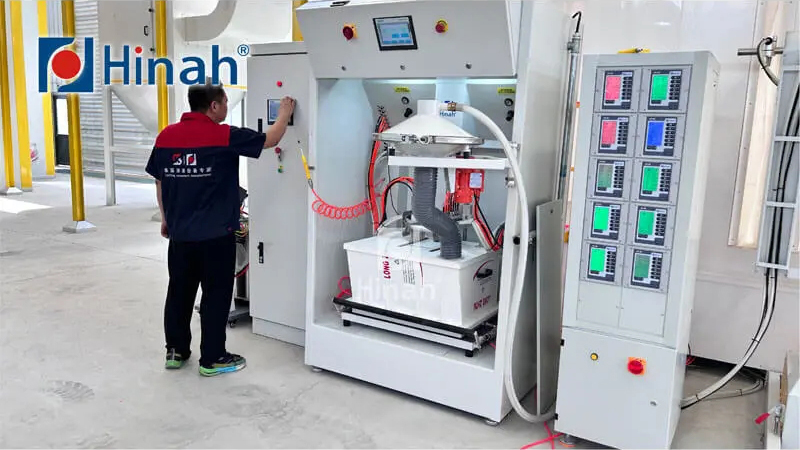
Cost Analysis: Investing in Commercial Powder Coating Equipment and Calculating ROI
The cost of commercial powder coating equipment varies widely based on type, scale, and features. A basic manual system might start at around $10,000, including a spray gun, booth, and small oven, while fully automated lines can exceed $100,000 with advanced controls and recovery systems. Beyond the initial purchase, factor in installation, maintenance, and consumables like powders and replacement parts. Energy consumption for curing ovens is a significant ongoing expense, but modern units from brands like HANNA often include energy-saving technologies to mitigate this.
To calculate return on investment (ROI), consider the savings from reduced material waste and lower VOC compliance costs compared to liquid coatings. Powder coating typically achieves over 95% material utilization, meaning less overspray and cleanup. Additionally, the durability of powder-coated products can lead to fewer returns and longer lifespans, boosting customer loyalty. For example, a mid-sized manufacturing firm might recoup its investment in commercial powder coating equipment within 1-2 years through increased efficiency and reduced environmental fees. By analyzing these financial aspects, businesses can justify the upfront costs and plan for sustainable growth.
Advanced Technologies and Processes in Modern Powder Coating
The evolution of commercial powder coating equipment has introduced cutting-edge technologies that enhance precision and efficiency. One notable advancement is the integration of IoT (Internet of Things) sensors, which monitor parameters like temperature and humidity in real-time, allowing for automated adjustments and predictive maintenance. This reduces downtime and ensures consistent quality. Another innovation is UV-curable powder coatings, which cure almost instantly under ultraviolet light, speeding up production cycles for heat-sensitive materials.
Electrostatic application methods have also improved, with newer guns offering finer control over powder flow and charge, reducing defects like orange peel texture. Additionally, powder formulations now include low-temperature cure options, expanding the range of compatible substrates. Brands like HANNA are at the forefront, incorporating user-friendly interfaces and remote diagnostics into their systems. These technologies not only optimize the powder coating process but also align with green initiatives by minimizing energy use and waste. By staying updated on these trends, businesses can future-proof their operations and maintain a competitive edge.
Spotlight on HANNA: A Trusted Name in Commercial Powder Coating Equipment
HANNA has built a reputation as a reliable provider of commercial powder coating equipment, known for its durable and innovative solutions. Founded on principles of quality and customer support, HANNA offers a diverse product line, including manual and automatic spray systems, curing ovens, and complete turnkey setups. Their equipment is designed with ergonomics in mind, featuring intuitive controls that simplify operation for new users. For instance, HANNA's powder booths often include efficient filtration systems that recycle overspray, cutting material costs by up to 20% compared to standard models.
What sets HANNA apart is their commitment to after-sales service, providing comprehensive training and readily available spare parts. This reduces maintenance headaches and extends the lifespan of the equipment. Many users report that HANNA's commercial powder coating equipment integrates seamlessly into existing production lines, thanks to modular designs. Whether you're a small workshop or a large industrial plant, HANNA offers scalable options that balance performance and affordability. By choosing a brand with a proven track record, businesses can minimize risks and achieve consistent, high-quality finishes.
Frequently Asked Questions (FAQ)
Q1: What factors should I consider when buying commercial powder coating equipment?
A1: When purchasing commercial powder coating equipment, key factors include your production volume, types of materials to be coated, available space, and budget. Also, evaluate energy efficiency, maintenance requirements, and support services from brands like HANNA to ensure long-term reliability.
Q2: How does commercial powder coating equipment compare to liquid coating in terms of cost and environmental impact?
A2: Commercial powder coating equipment generally has higher upfront costs but lower long-term expenses due to reduced waste and no need for solvents. Environmentally, it's superior as it emits few VOCs and allows for powder recycling, aligning with sustainability goals.
Q3: Can commercial powder coating equipment be used for non-metallic surfaces?
A3: While primarily designed for metals, advances in powder formulations now allow some commercial powder coating equipment to handle certain plastics and composites, especially with low-temperature cure options. However, it's best to consult with suppliers like HANNA for specific material compatibility.
Q4: What maintenance is required for commercial powder coating systems?
A4: Regular maintenance includes cleaning spray guns and booths, inspecting electrical components, and replacing filters. Automated systems may need software updates. Following manufacturer guidelines, such as those from HANNA, can prevent downtime and extend equipment life.
Q5: How long does it take to see a return on investment with commercial powder coating equipment?
A5: ROI typically ranges from 1 to 3 years, depending on usage and efficiency gains. Factors like reduced material waste, lower energy costs, and increased production speed contribute to faster payback, especially with well-chosen systems from reputable brands.
In summary, investing in commercial powder coating equipment is a strategic move for businesses aiming to improve efficiency and sustainability. By carefully selecting the right type, considering costs, and leveraging trusted brands like HANNA, you can achieve durable, high-quality finishes that drive growth. If you're exploring options, start with a thorough needs assessment and don't hesitate to seek expert advice to maximize your investment.


